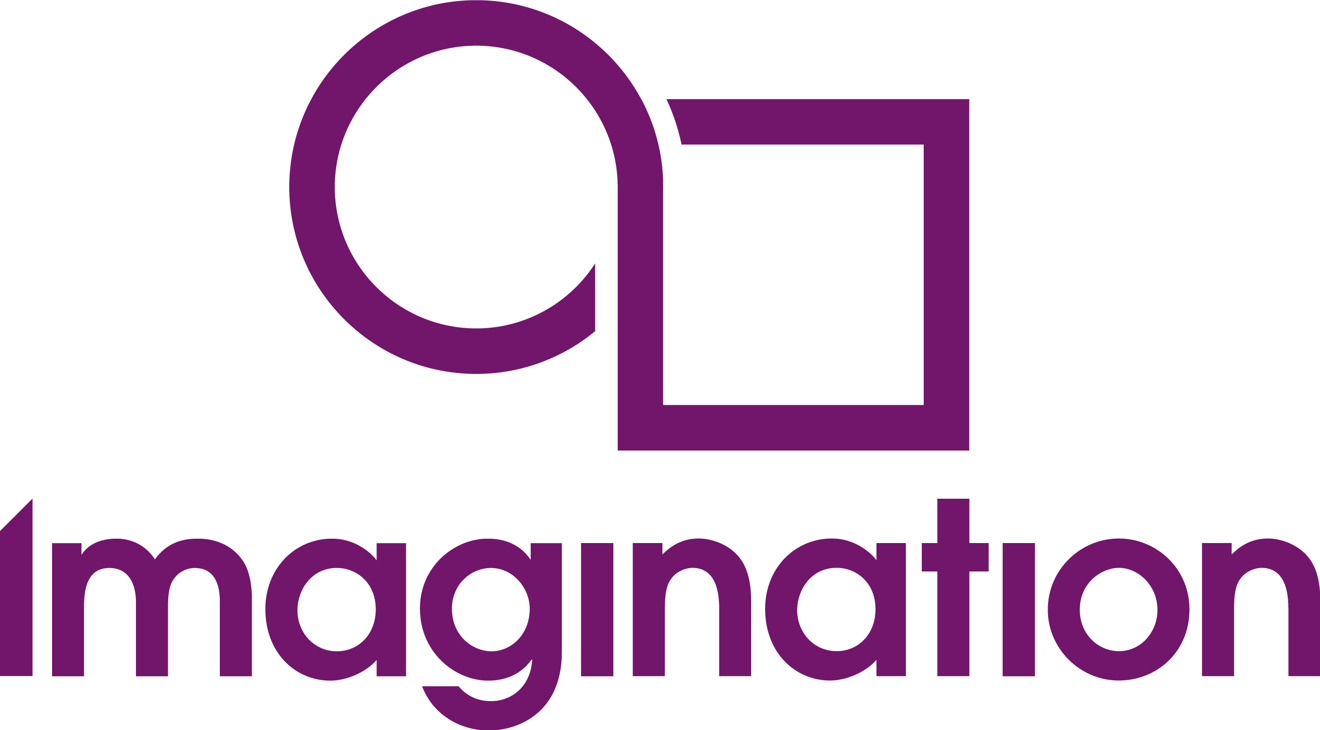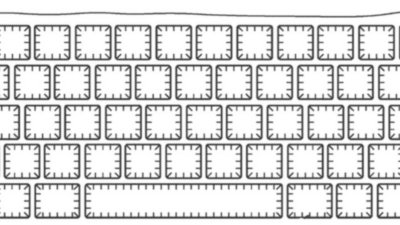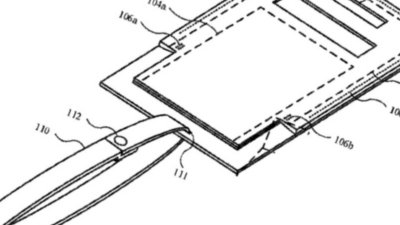Apple's efforts to boost in-house chip development amplifies risks to suppliers
As Apple continues its market expansion, it appears to be on the cusp of developing its own microprocessors as solutions to cost management and supplier constraints — and the subsequent fabricator abandonment that occurs as a result has profound repercussions those left behind.
Bloomberg notes that an in an industry prone to consolidation, Apple is more and more turning to in-house development of key components. As a result, more suppliers like Imagination Technologies will be cut, benefitting Apple but slashing millions of dollars off of those companies' earnings.
Apple has recently had issues sourcing supplies from multiple vendors to keep costs down. Market consolidation, including SanDisk, Sharp, RF Micro, Elpida Memory, and Fairchild Semiconductor all been acquired and consolidated in the last five years. Correspondingly, the number of available suppliers for any given component that Apple desires is drying up, perhaps hastening Apple's desire to move development in-house.
Imagination Technologies stands as perhaps the biggest example of the risks of dealing with Apple. On April 3, Imagination itself told shareholders that Apple would cease using its technologies before two years elapsed.
Apple's decision caused Imagination Technologies' share price to fall dramatically on the London stock exchange. At the end of trading on March 31, Imagination shares were valued at 268.75p, but dropped down to just 103.0p shortly after the markets closed the Monday morning after the announcement.
Weeks after the announcement there has been no meaningful recovery of the share price. The company has also attempted to discuss potential alternative commercial arrangements with Apple for the current license and royalty agreement, but it is unknown if this will generate any traction — and recent reports suggest that Apple will need less and less from the company over the next two years.
Possible future victims of Apple's abandonment
According to sources cited by the report, Dialog Semiconductor and Synaptics are both at the mercy of both Apple's demands and needs, and in danger of being dropped.
Dialog Semiconductor produces power management chips for Apple. Apple has recently set up power management research and development facilities of its own in California.
Synaptics supplies components for the iPhone touch screen. While there is no particular facility dedicated to the task currently known, analysts are seeing a "significant number" of engineers from the company now working at Apple.
There is an upside to Apple's efforts — but it will likely only be felt by the iPhone manufacturer. Timothy Arcuri from Cowen & Co. believes that semiconductors account for about 30% of an iPhone's build cost, with cuts associated from Apple-built components improving Apple's bottom line.
Additionally, Apple would have a benefit of secrecy in developing its own products. Prior to the iPhone 7 launch, little was known about the A10 processor in the device, which would ultimately be called the A10 Fusion. Contrary to that, the device's design and external similarity to the iPhone 6 family was disclosed by the rumor mill months before the device actually shipped.
Youve seen what theyve done to Imagination and Dialog Semi and all of these people who supply to Apple, said Canaccord Genuity analyst Mike Walkley. "Its kind of what Nokia did back in the day when they were king of the world."
 Mike Wuerthele
Mike Wuerthele











 Amber Neely
Amber Neely
 William Gallagher
William Gallagher
 Malcolm Owen
Malcolm Owen



 Mike Wuerthele and Malcolm Owen
Mike Wuerthele and Malcolm Owen
 Sponsored Content
Sponsored Content






